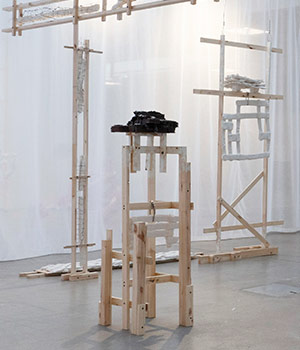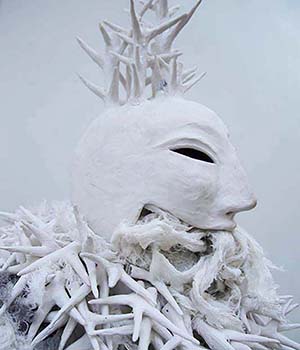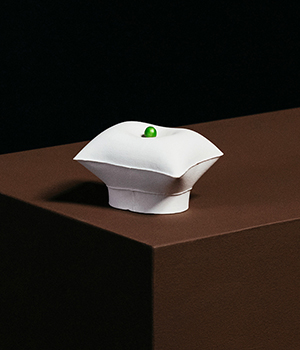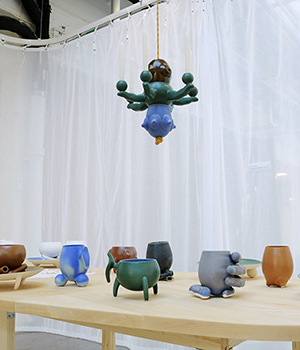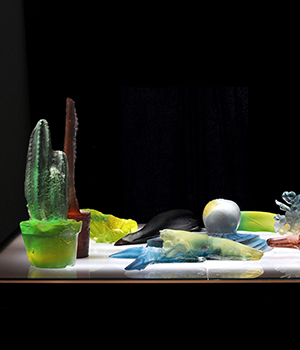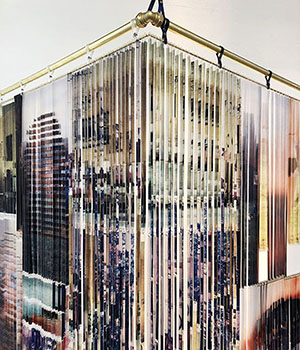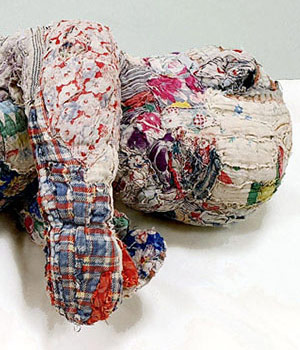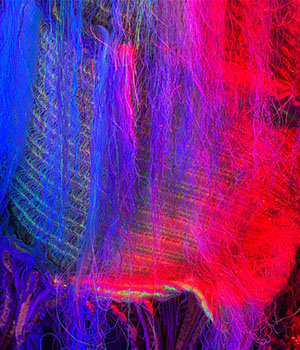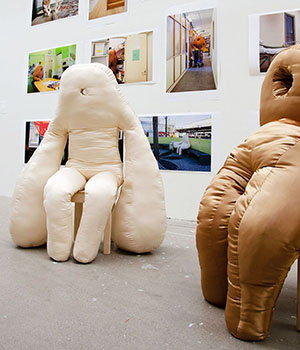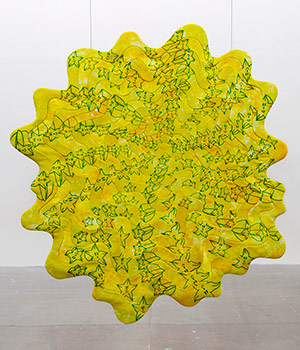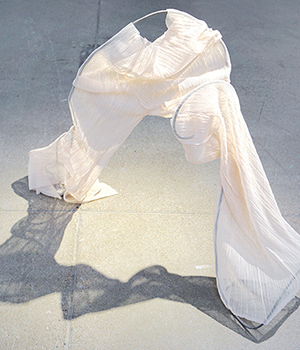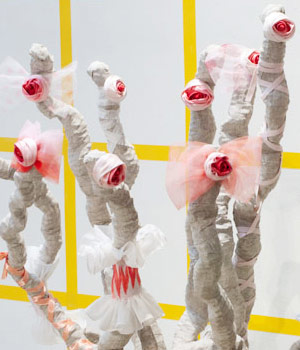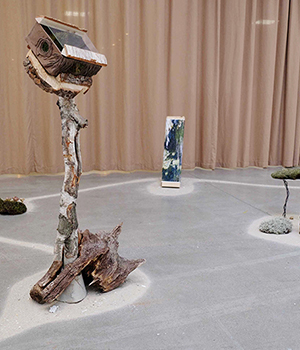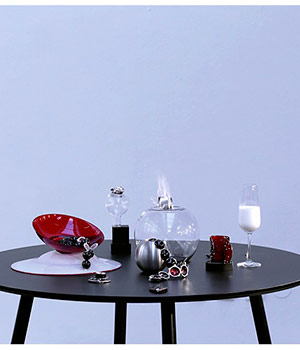After two years of study, dialogue, making and dreaming, eighteen students graduate from CRAFT! in 2022. Through their practices, the graduating students approach materiality as a means to question and bend fixed constructs tied to our built environment and everyday life. The affective side of objects is freed from the inherent constraints of functionality as it has been formulated in a functionalistic 20th century. Material worlds, beyond mere representation, are explored by turning the focus towards more gentle, ephemeral, and performative aspects.
As an art form, craft is unique because there is often primacy in material. Materials, with their mystical and incomprehensible qualities, can be explored and poeticised. Craft also helps us understand how and why we relate to materials and it opens space for conversation on more complex topics like identity, anxieties and relationships with non-human actors. It can also serve as a medium through which we heal or practice spirituality.
We are reminded that materials may be neglected and often seen as objects to use and consume. How can we as artists, teachers, lovers and parents think with these objects? How can we learn to listen, notice, ponder and invite an awareness of what takes place around us and in us? Thinking through material may be the answer.
Lauren Johnson and Lovro Japundžić, CuratorLab
After two years of study, dialogue, making and dreaming, eighteen students graduate from CRAFT! in 2022. Through their practices, the graduating students approach materiality as a means to question and bend fixed constructs tied to our built environment and everyday life. The affective side of objects is freed from the inherent constraints of functionality as it has been formulated in a functionalistic 20th century. Material worlds, beyond mere representation, are explored by turning the focus towards more gentle, ephemeral, and performative aspects.
As an art form, craft is unique because there is often primacy in material. Materials, with their mystical and incomprehensible qualities, can be explored and poeticised. Craft also helps us understand how and why we relate to materials and it opens space for conversation on more complex topics like identity, anxieties and relationships with non-human actors. It can also serve as a medium through which we heal or practice spirituality.
We are reminded that materials may be neglected and often seen as objects to use and consume. How can we as artists, teachers, lovers and parents think with these objects? How can we learn to listen, notice, ponder and invite an awareness of what takes place around us and in us? Thinking through material may be the answer.
Lauren Johnson and Lovro Japundžić, CuratorLab

